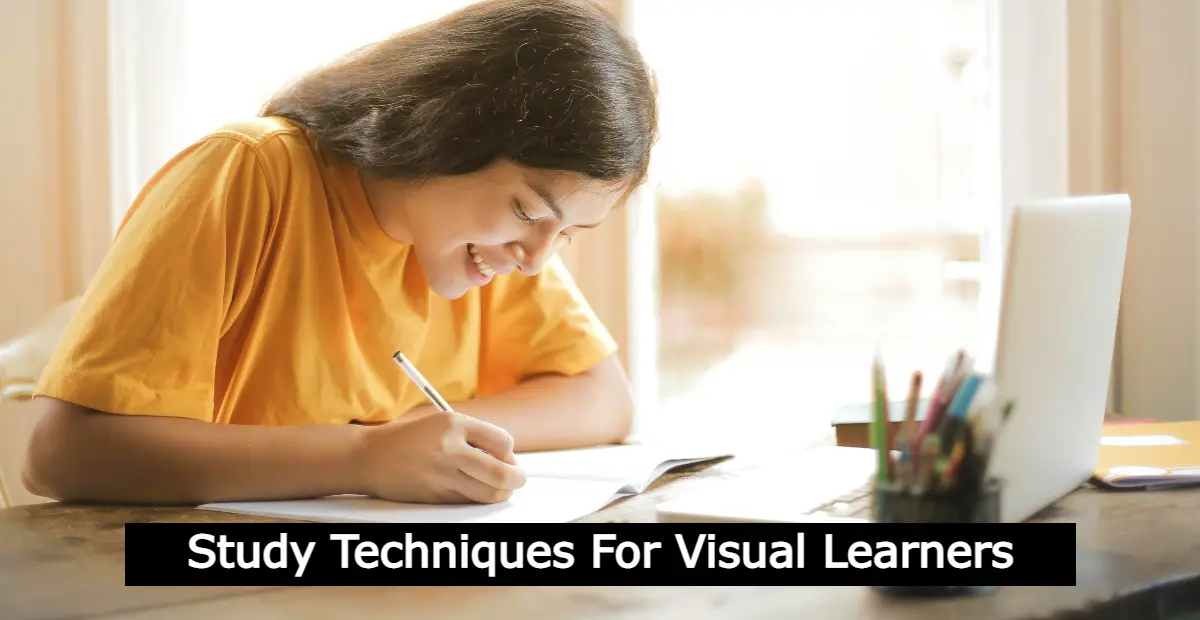Welcome to our ultimate guide on mastering study techniques for visual learners in college.In this article, we’ll delve into the fascinating world of learning styles and uncover how visual learners can thrive academically in a sea of diverse learning preferences.
[ez-toc]
Study Techniques For Visual Learners
Visual learners, often dubbed as “seeing is believing” enthusiasts, possess a remarkable ability to absorb and retain information through visual stimuli. This learning style relies on the power of imagery, diagrams, and spatial reasoning to grasp complex concepts with ease.For visual learners, traditional teaching methods may fall short in delivering content that resonates with their unique learning preferences.
- Mind Mapping: Create visual mind maps to organize thoughts and concepts in a nonlinear format.
- Color Coding: Utilize color-coded notes and highlighters to categorize and differentiate key information.
- Flashcards: Develop flashcards with visuals and concise summaries to reinforce learning through repetition.
- Diagramming: Draw diagrams, flowcharts, and graphs to visualize complex processes and relationships.
Challenges Faced by Visual Learners in College
Despite their distinct learning advantages, visual learners often encounter challenges in traditional college settings where auditory and kinesthetic learning styles are more prevalent. Lecture-based classes, dense textbooks lacking visual content, and linear teaching methods can pose significant obstacles for visual learners, impacting their academic performance and confidence.
Effective Study Techniques for Visual Learners
Ensure study spaces are well-lit with natural or artificial light to reduce eye strain and enhance focus. Visual Organization: Arrange study materials in a visually appealing manner, using folders, binders, and digital tools. Creative Note-Taking: Incorporate doodles, sketches, and visual cues into note-taking methods to stimulate memory retention.
Case Studies and Examples
By incorporating color-coded notes and visual mind maps into her study routine, Sarah aced her biology exam with flying colors. John’s Success Story: Through the use of interactive online tutorials and digital flashcards, John transformed his study habits and improved his grades significantly.

Tips for Implementing Visual Study Techniques
Effective time management is crucial for visual learners to balance their study routines effectively. By breaking down study sessions into manageable chunks and incorporating regular breaks, visual learners can optimize their study time while avoiding burnout. Seeking support from professors or academic advisors can also provide valuable guidance in implementing personalized visual study techniques
- Consistency is Key: Incorporate visual study techniques into daily routines to reinforce learning.
- Experiment and Adapt: Explore different visual aids and techniques to find what works best for individual learning preferences.
- Seek Support: Don’t hesitate to reach out to professors, academic advisors, or fellow visual learners for guidance and support.
Resources for Visual Learners
Explore educational websites such as Khan Academy and Coursera, offering visually rich content tailored to various subjects. Books: Check out recommended books like “Visual Learning for College Students” by Sarah Johnson for insightful tips and strategies. Apps: Discover interactive apps like Quizlet and StudyBlue for creating digital flashcards and visual study aids.
Conclusion
Study Techniques For Visual Learners In College is not only essential but also empowering. By embracing their unique learning style and leveraging effective visual study techniques, visual learners can unlock their full academic potential and excel in college and beyond.
How To Save Money ? 10 Creative Ways
Are you ready to take your visual learning journey to the next level? Share your favorite visual study techniques and success stories in the comments below! Don’t forget to subscribe to our newsletter for more valuable insights and tips tailored to visual learners like you.


